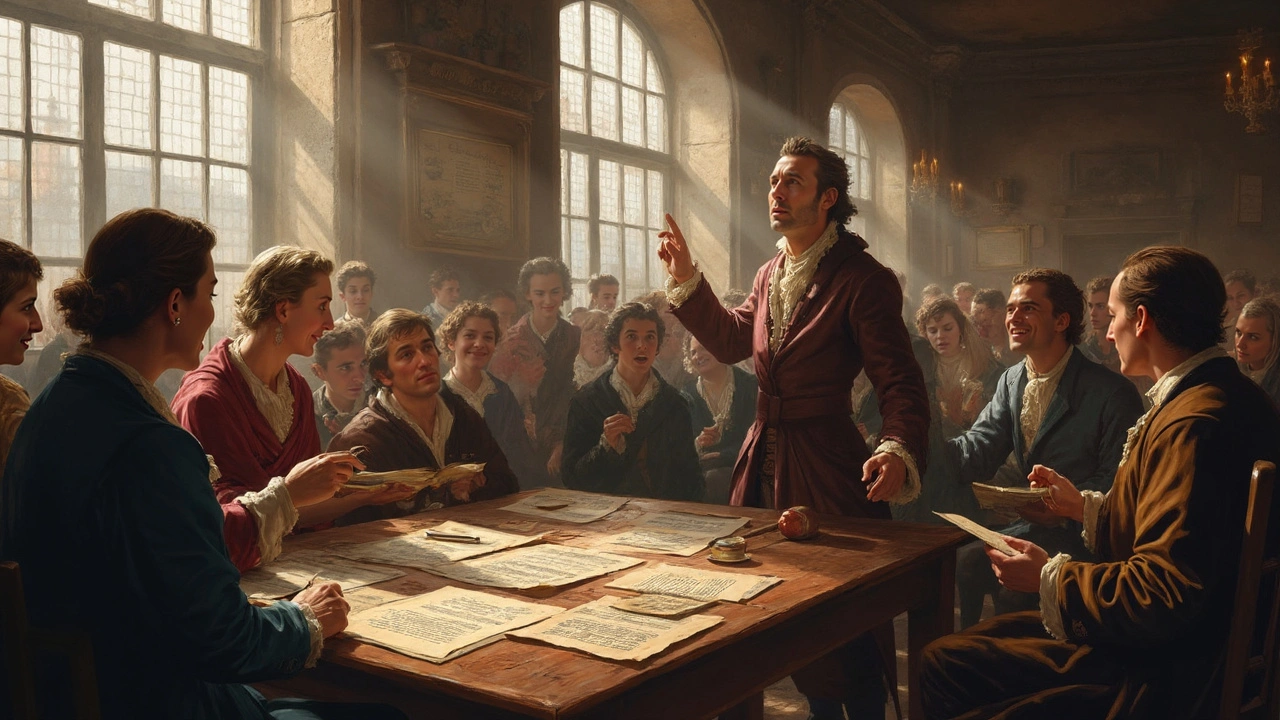Early News Reporters: The Birth of Journalism and Its Impact
When you think about news today—tweets, live streams, 24‑hour TV—you might forget that it all started with a handful of people scribbling on paper. Those first reporters were the backbone of information flow in towns and cities. They walked streets, talked to merchants, and wrote down what mattered, turning word‑of‑mouth gossip into written records that survived for years.
Back in the 1600s, the oldest surviving newspaper was born. It started as a simple sheet announcing ship arrivals and market prices. The people who produced it weren’t full‑time journalists; they were traders, clergy, or local officials who saw a need for a regular bulletin. Their work laid the foundation for today’s news cycles. If you read the article “Oldest Surviving Newspaper: History, Origins & Records,” you’ll see how persistence and a love of facts kept that paper alive through wars and revolutions.
Early news reporters didn’t have laptops or phones. Their toolkit was a quill, ink, and a keen ear for rumors. They learned to verify stories by cross‑checking with multiple sources—much like modern fact‑checking. This habit helped build trust with readers who depended on reliable updates for everything from price changes to political events.
How Early Reporters Shaped Modern Media
The way those pioneers gathered news still echoes in today’s journalism. For instance, the practice of publishing daily summaries evolved into the modern newspaper’s “front page” layout. The idea of a headline to grab attention? Directly borrowed from the need to make news stand out on a crowded market board. Articles like “Most Popular Newspapers: Which One Has the Highest Readership in 2025?” trace this evolution, showing how early habits influence current readership trends.
Another lasting legacy is the concept of a “reporter’s beat.” Early reporters often covered the same area—like the dockyard or the town council—so they could become experts. Today, beats range from politics to tech, but the core idea stays the same: deep knowledge of a specific field leads to better stories.
Why Their Stories Still Matter
Understanding early news reporters helps us appreciate why reliable information is critical. When you read about the digital revolution or current COVID variants, remember that the same curiosity and duty to inform drove the first reporters. Their struggle to get the truth past bias and censorship mirrors challenges modern journalists face, whether on Google News UK or on social media platforms.
So next time you skim a headline, think about the centuries of effort behind it. Those early reporters turned whispers into print, paving the way for the fast, global news network we rely on now. Their commitment to fact‑finding and storytelling is a reminder that good journalism is timeless.
Explore more on our tag page to see how these themes connect across different articles—from the oldest forms of media to the latest trends in UK news. Each piece adds a layer to the story of how we get our news, and why caring about its roots makes us smarter readers today.

First Journalist in the World: Tracing the Origins of News Reporting
Who was the world's first journalist? This deep dive uncovers the roots of journalism, spotlighting the earliest news reporters and how they shaped the way we share stories. From handwritten newsletters to coffeehouse gossip columns, you'll see how reporting started and why it matters today. Expect hard facts, quirky trivia, and tips to spot good journalism—even if you aren't a history buff. All this while keeping things simple and straight to the point.
READ MORE